- AI
- A
AI in Everyday Life and Work: The Experience of a Product Designer through Real Cases
In addition to my work tasks, I manage several projects and study in my fourth year at university. To quickly solve minor issues across all these areas, I use AI. In this article, I want to talk about the neural networks I use not only in my work but also in everyday life, including free AIs, which sometimes provide better results than GPT Pro.
In addition to my work tasks, I am also involved in several other projects and studying in my fourth year at university. To quickly handle minor questions across all these areas, I use AI.
What projects am I involved in outside of work
I often participated in hackathons, so I was able to join a team that has been solving cases with the same members for several years, just bringing in the needed specialists. Now, with this team, we're developing a web service in the EcoTech sector and trying to obtain various grants.
Some of my recent tasks include developing a brand book, a logo for the team's merch, and a logo for our web service. Which neural networks I used to speed up solving these tasks:
1) ChatGPT Pro for studying brand books, I asked it to analyze external sources and provide examples like those found on specific sites, for example, Uprock.
2) Qwen and Shadewroom—free AIs for creating images, both with about 50-60 free generations. To my surprise, they understand certain styles better than GPT does. In the case of glassmorphism, it just adds shadows and a voluminous outline.
But here, I accessed GPT not through their official site, but via the neural network Perplexity. I was recommended it as a tool that includes 5 neural networks for different tasks: Sonar, Claude 4.0, GPT 4.1, Gemini 2.5 Pro, and Grok 3 Beta.
GPT Pro from the official website understands my prompts inconsistently and sometimes ignores some details, but overall, it handles its job; I'll show examples below.
Mobile game development project
What tasks I solved with neural networks:
1) Analyzing games in this style/theme, used GPT
2) Drawing UI elements—most of it was generated with Qwen, because it understood prompts in our style better and produced the images
3) Finding sites to look at game interfaces – GPT
4) Market analysis in the genre relevant to us (I won’t specify because we are in the process of creating an MVP and the main info is under NDA)
What tasks I solve with AI in my work processes
1. Analyzing competitors and existing market solutions (I am currently working mostly with e-commerce and the souvenir niche). ChatGPT analyzes user reviews and identifies key pain points, can also find analogs to the product/service being developed and pinpoint weaknesses
2. Generating icons and illustrations for projects. I created a pack of 3D icons for a promo landing in glassmorphism style and several 3D illustrations for a corporate marketplace
3. Figma AI - I use background removal inside projects and "completion" of the interface. If I have several similar fields or cards, Figma itself fills them with new content based on my layouts and the text inside these components.
4. Brainstorming - if you need to quickly come up with a few ways to solve a problem, you can write: “What are 5 ways to improve onboarding in our app?” — and get new ideas.
5. UX copywriting - ChatGPT does a great job with short texts: buttons, tooltips, errors, push notifications. For example: “Come up with 3 friendly error message options for an incorrect password”
6. User flow scenarios - you can ask AI to describe typical user paths in a product or come up with features for them.
Study
I mostly use ChatGPT for preparing notes and analyzing large volumes of literature. I also use DeepSeek to check text for plagiarism and errors.
This is where GPT has an advantage, because it can analyze attached files and make a fairly accurate summary without losing the main point. Proven in practice — my major at university is Theology :)
Thanks for your interest! I’m always available on TG
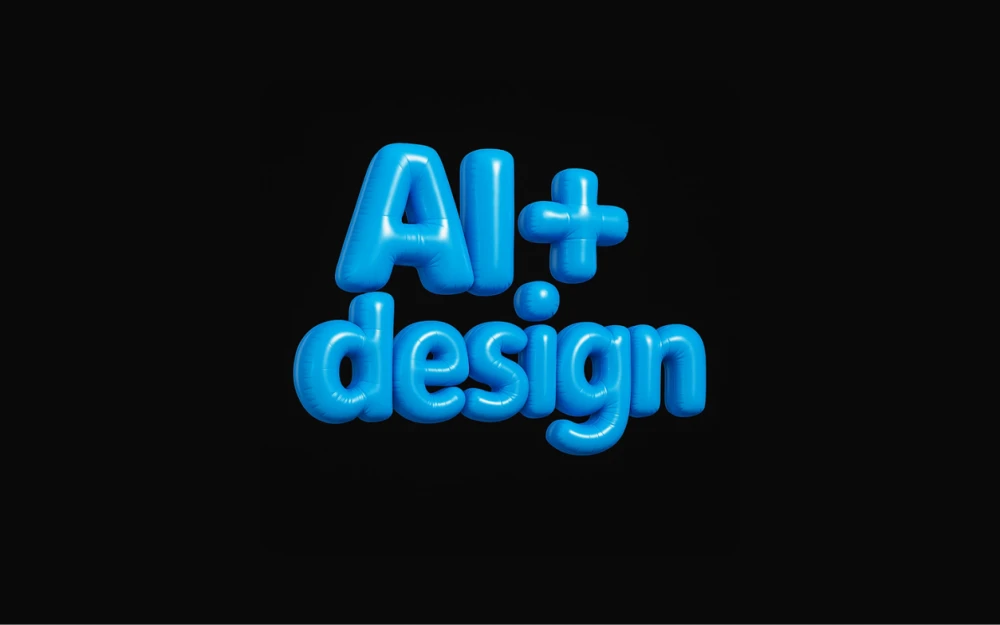
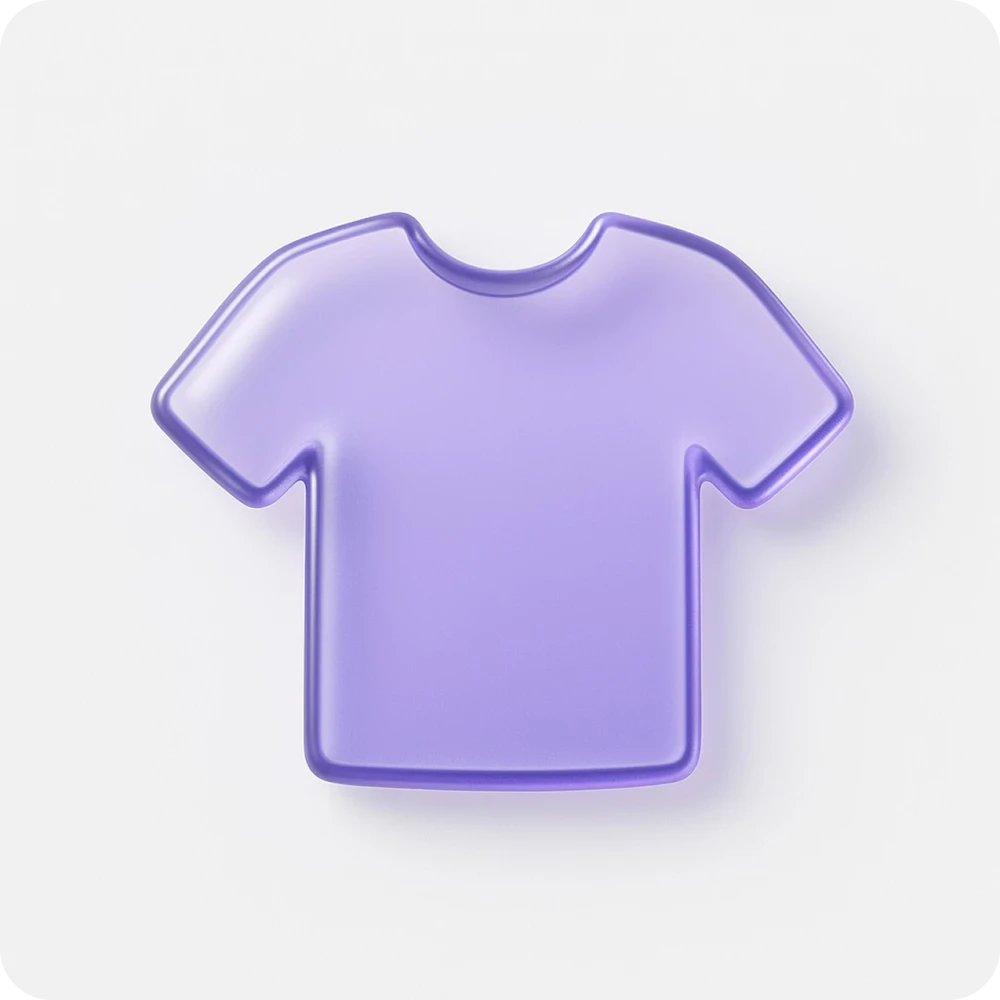
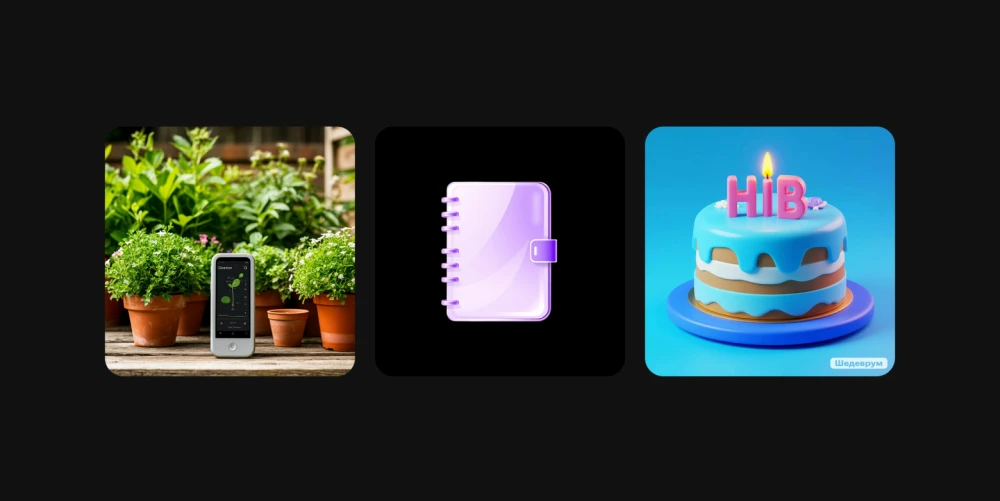
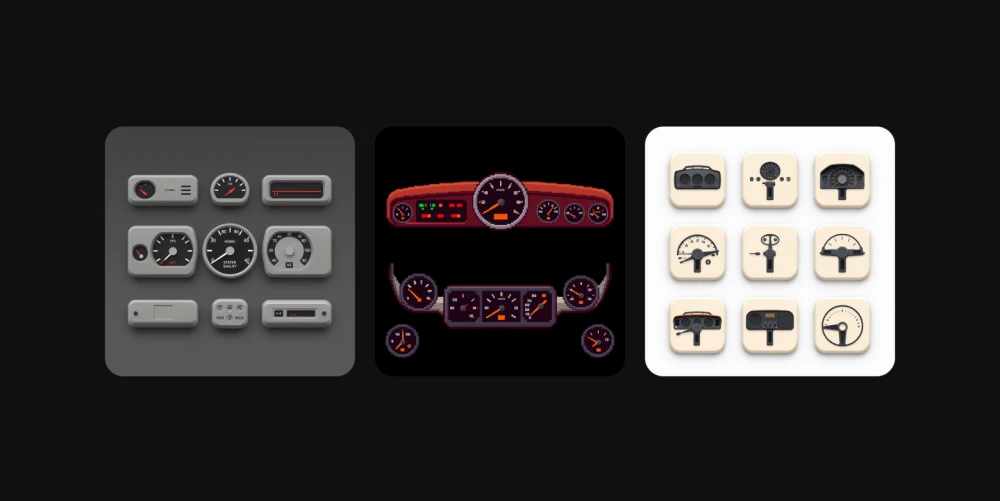
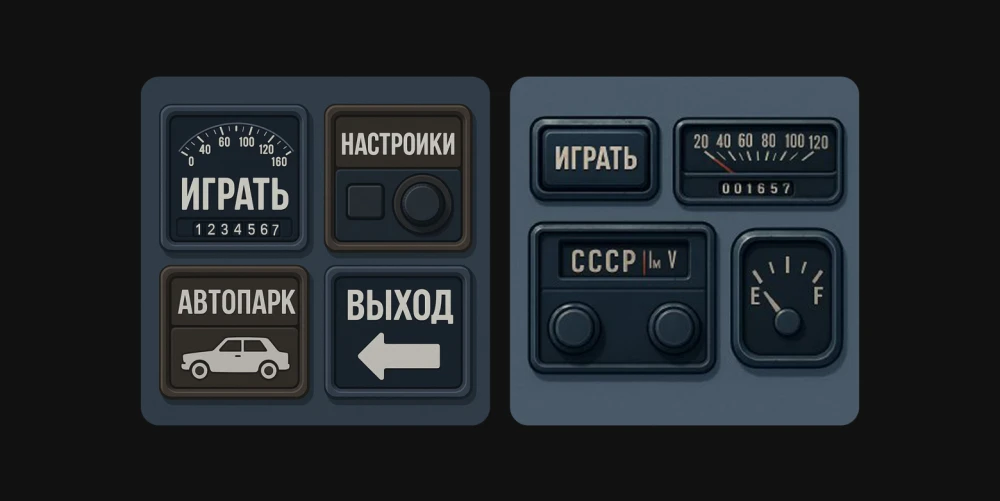
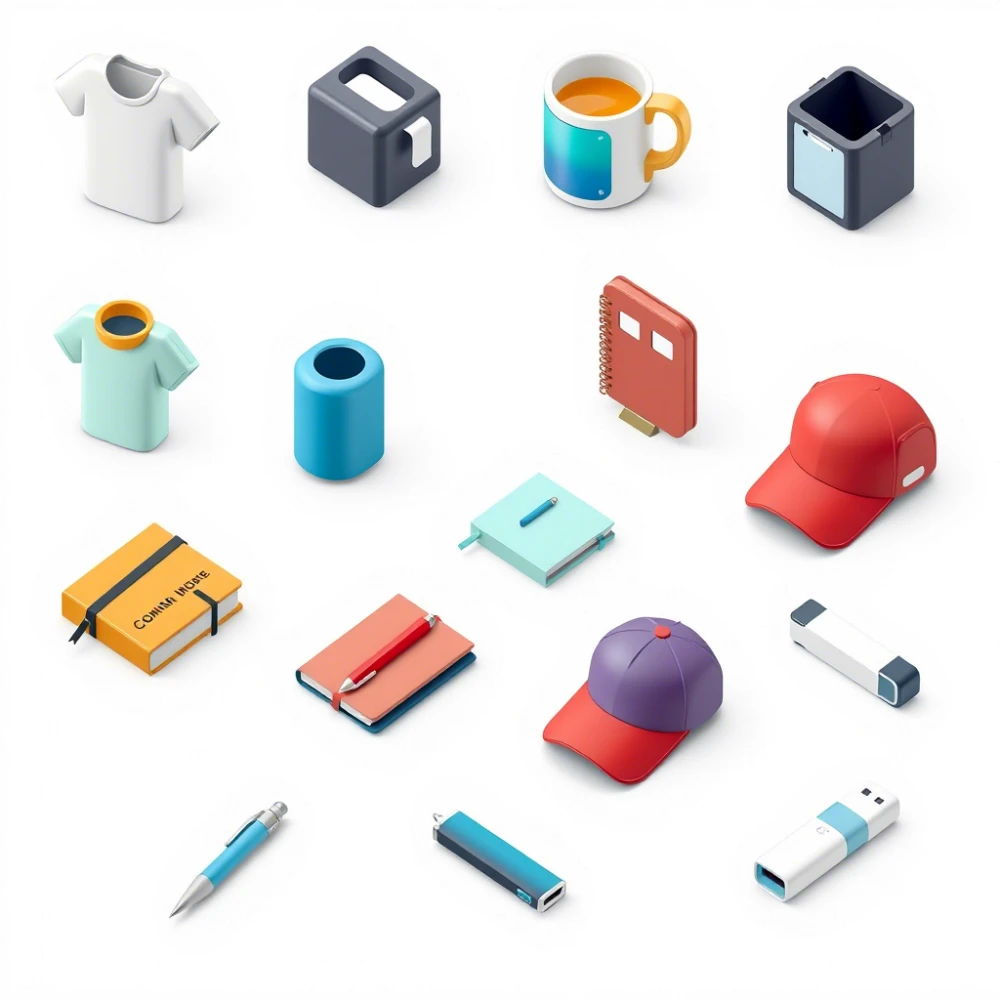
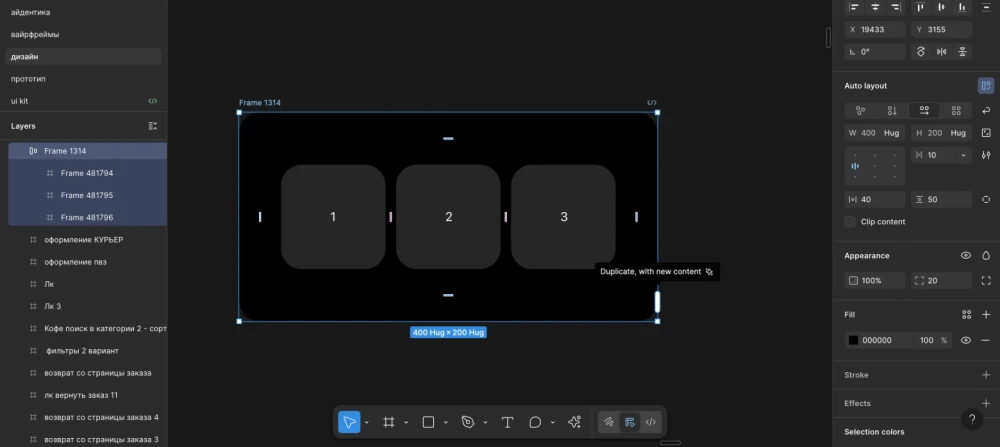
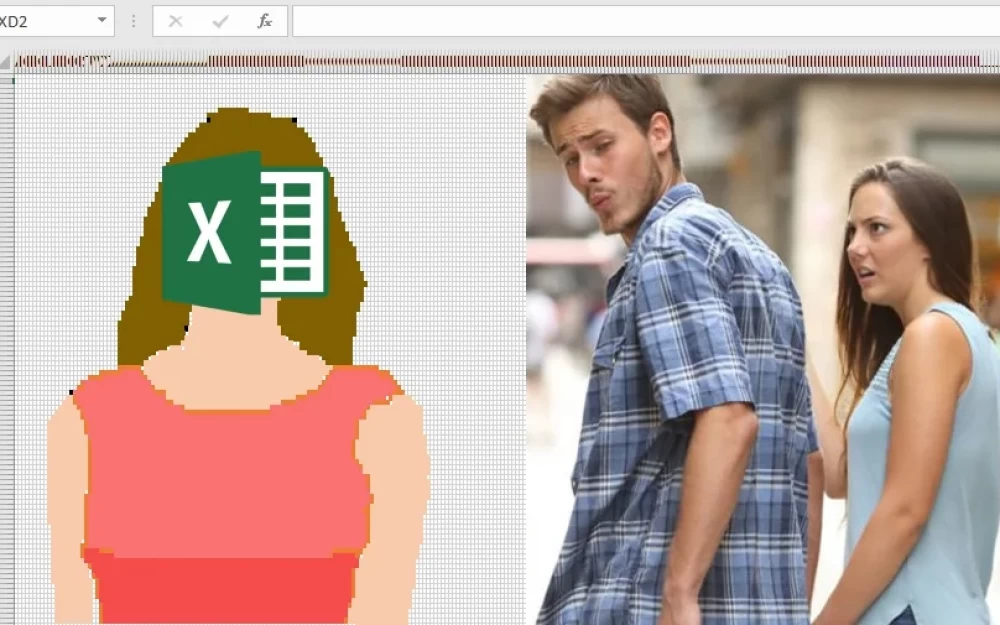
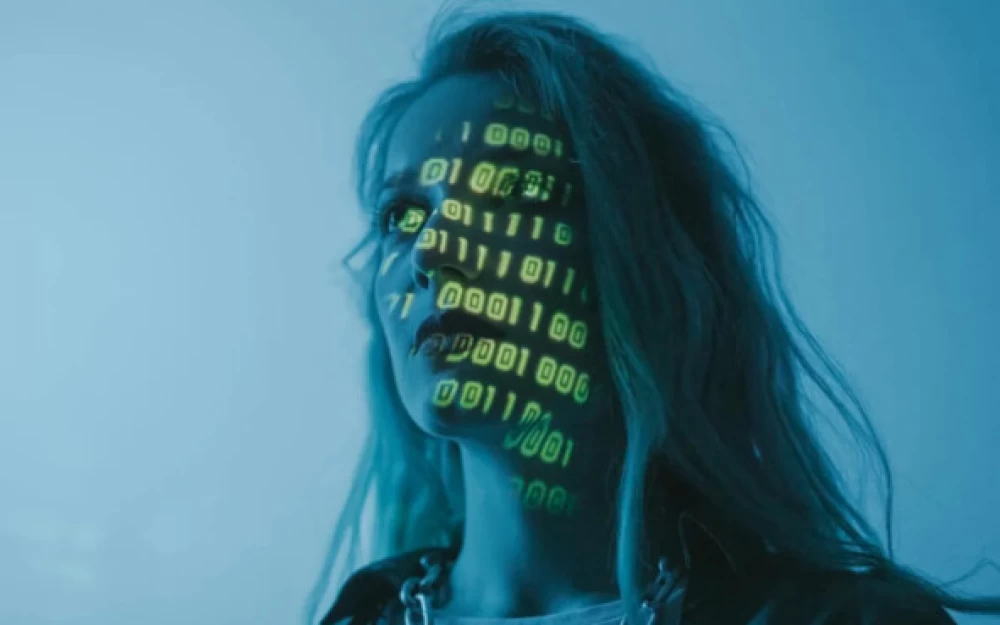
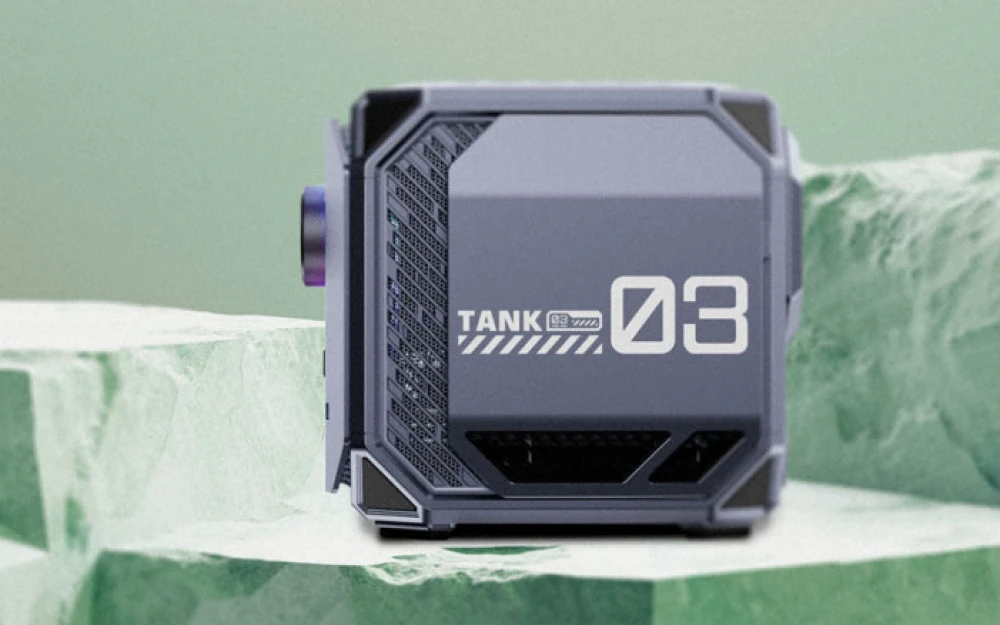
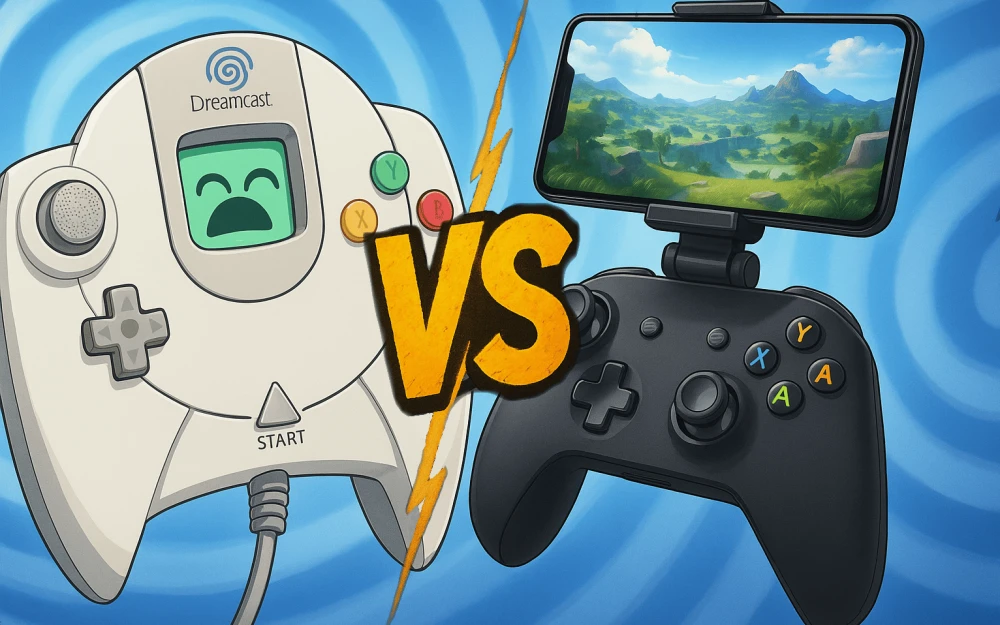
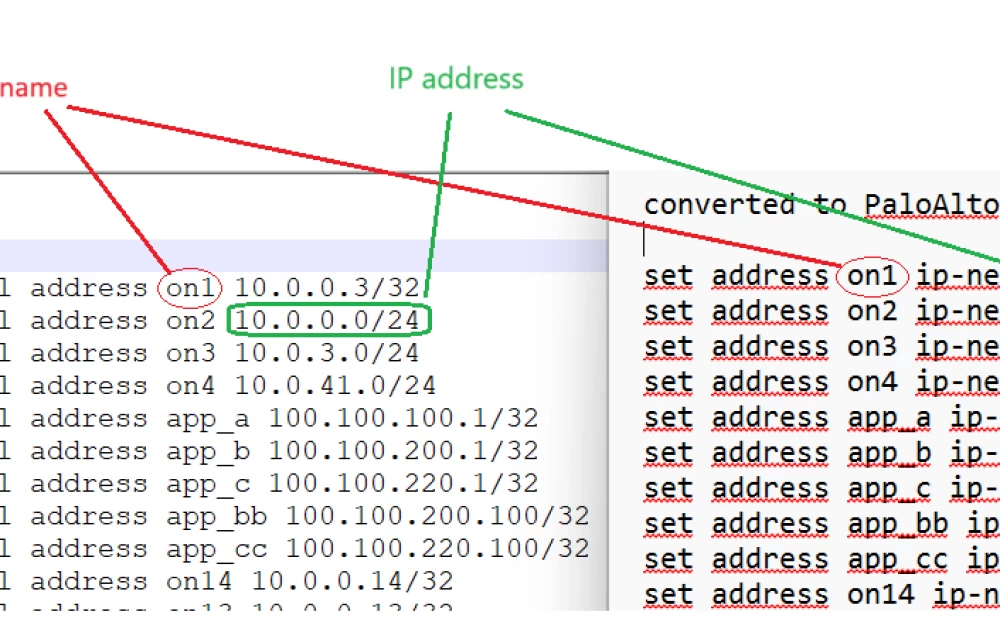
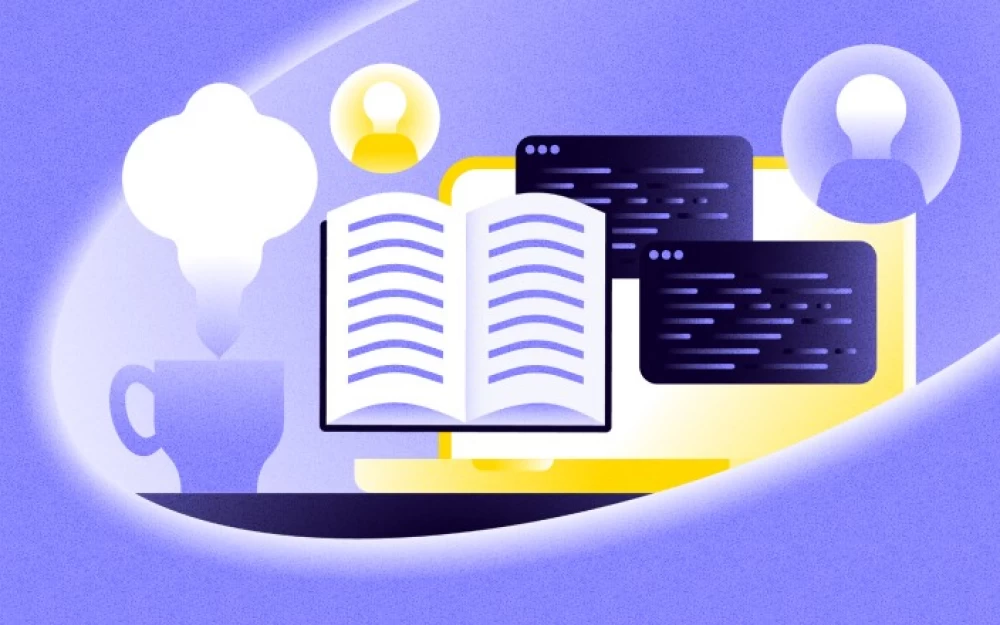
![How a Designer’s Stolen Passwords Nearly Tanked a Startup [MITRE: T1078 — Valid Accounts]](https://cdn.tekkix.com/assets/image-cache/w_1000h_625q_90/77/jpg/2025/04/c0c6e4f15f610e2a1d3502225ce59c2ecc05e85a.47d520d6.webp)
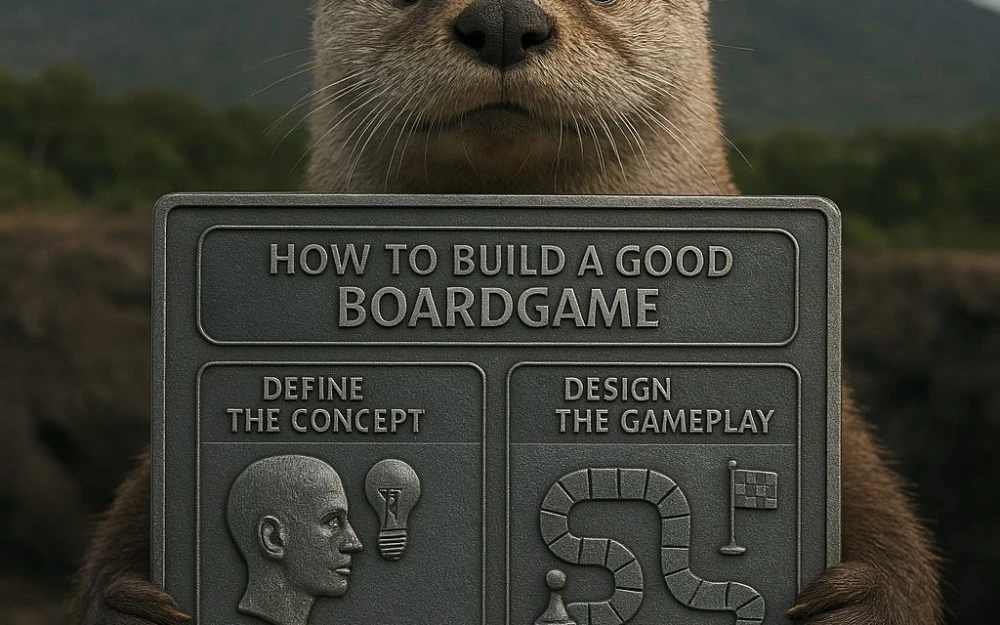
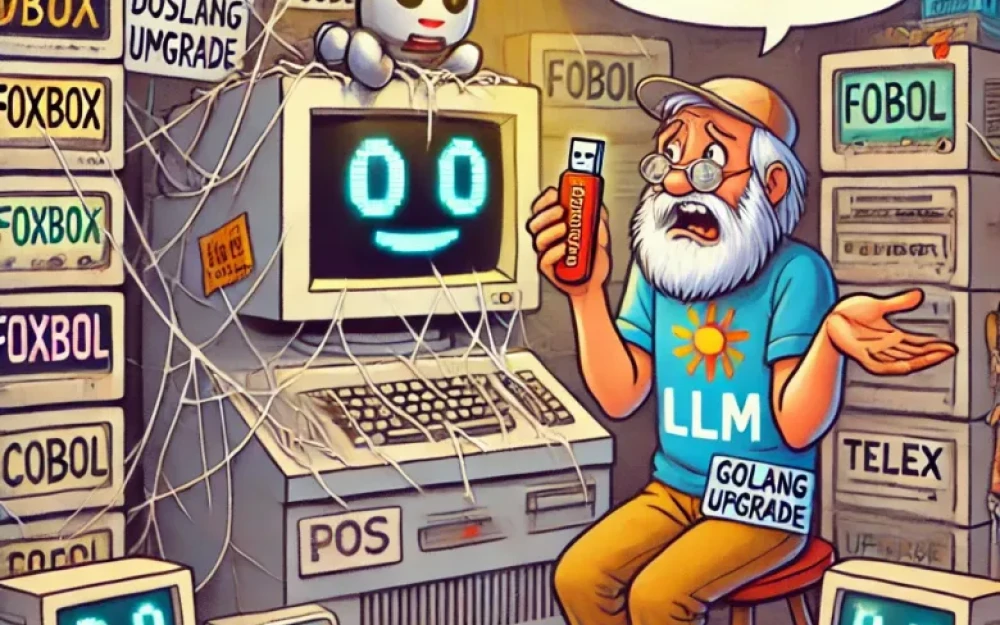
Write comment